It's been 45 years since the planet had a cooler-than-average year.
Climate Change & Global Warming
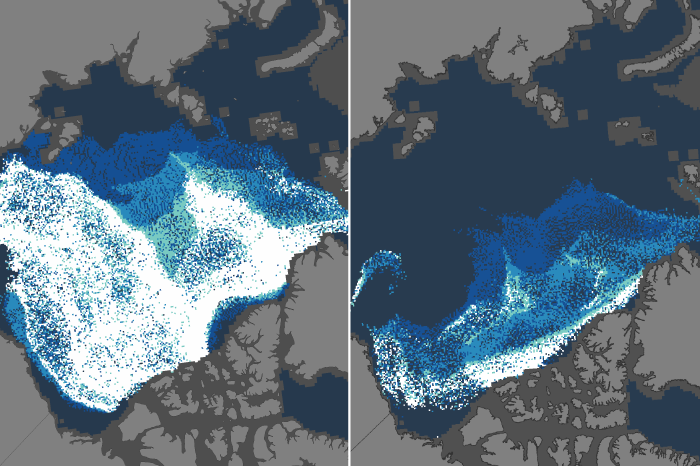
Ice older than 4 years once dominated the winter ice pack in the Arctic. Today, only a tiny fraction of old, thick survives.
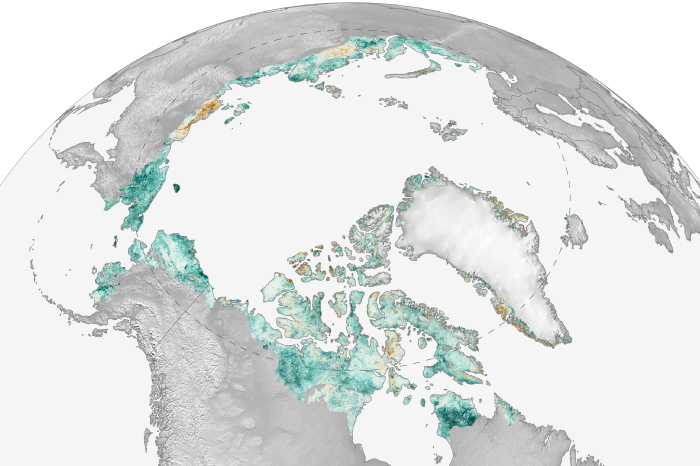
But fires and other disturbances create patches of "browning" in satellites' view of Arctic vegetation.
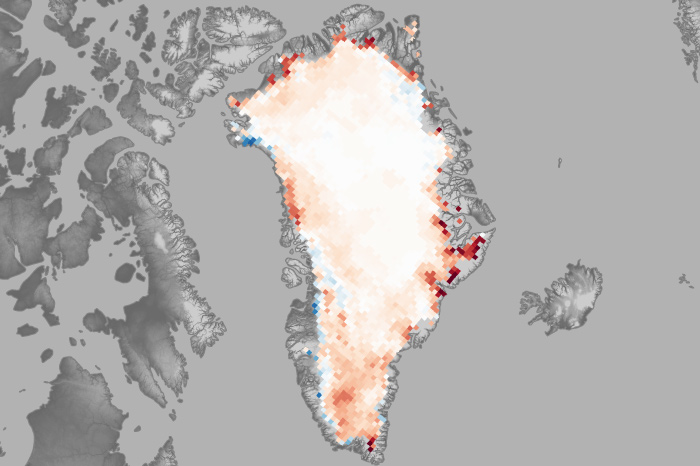
Greenland has lost ice mass every year since 1998. Losses in 2021 would have added about 0.2 millimeters to global sea level.
A record-warm autumn boosted Arctic 2020-21 surface temperatures to the rank of seventh-warmest year on record since 1900.
Climate change is transforming the Arctic into a ‘dramatically different state.’ Browse this collection of image highlights from NOAA's 2021 Arctic Report Card.
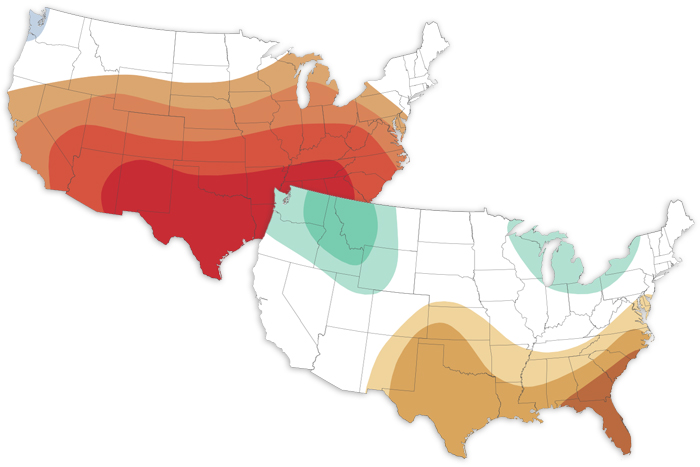
The December 2021 climate outlook favors a warmer-than-average end to 2021 for much of the country, with odds tilted towards a drier-than-average December for the Southeast
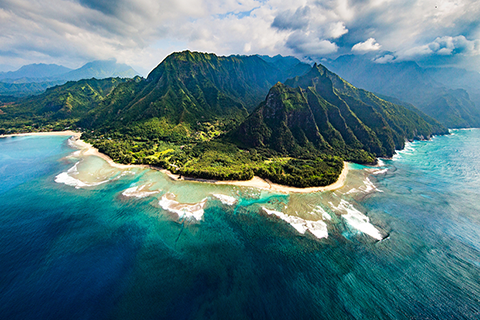
In a tweet chat featuring four NOAA marine experts, learn about the National Marine Ecosystem Status website, how to use it, and why you should care about the health of marine ecosystems.
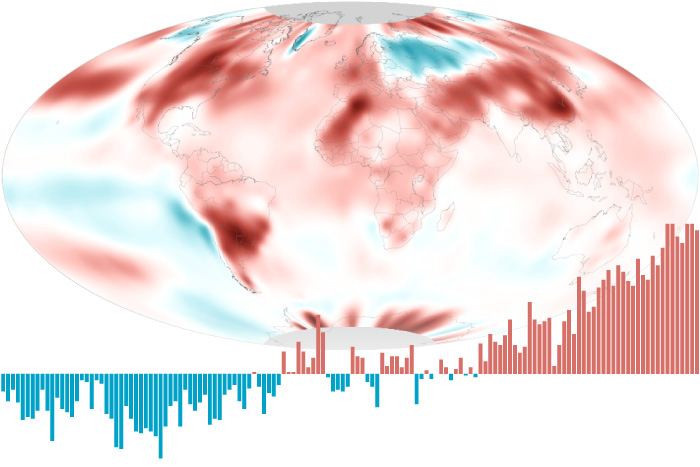
It was the fifth-warmest September on record, and the East Asian summer monsoon was especially wet.
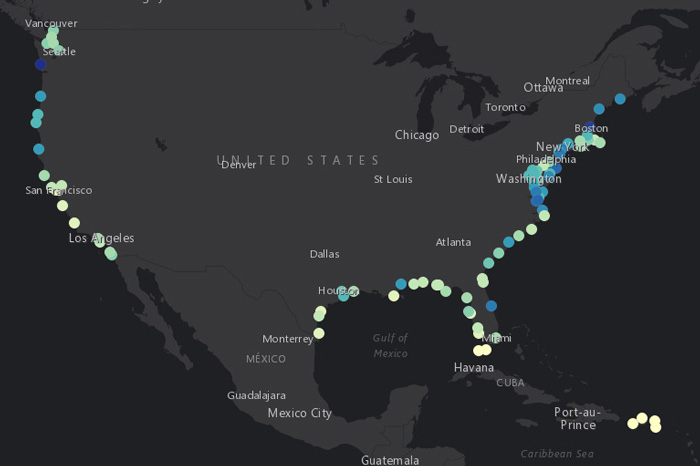
Costly and inconvenient, high-tide flooding of coastal communities is on the rise. Thanks to higher water levels from El Niño and sea level rise, the number of high-tide flood days in 2018 is projected to be 60% higher this year than would have been common around 2000. Find out what's predicted for your city in this interactive map.